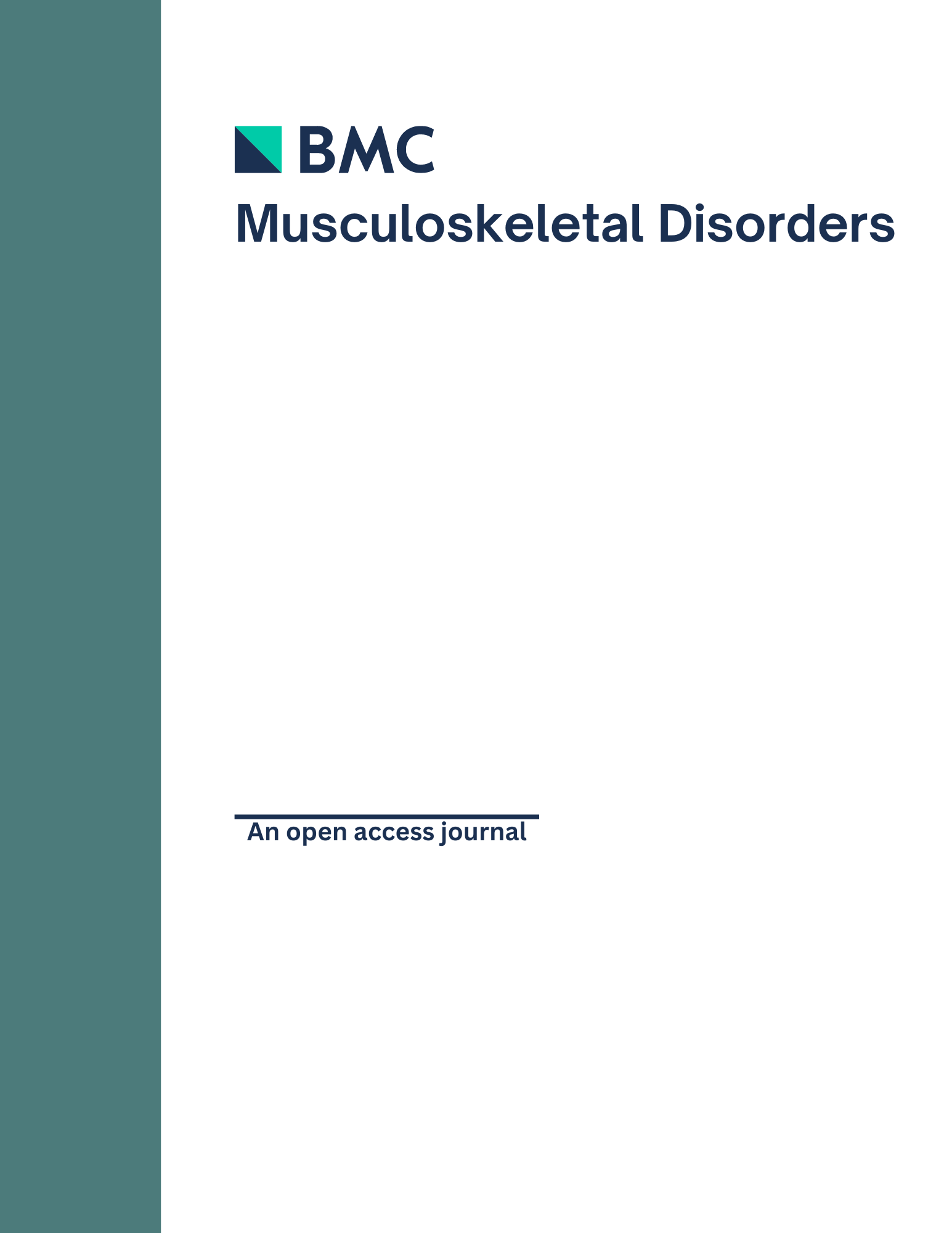
The efficacy of different doses of etoricoxib Vs. naproxen 1000mg for ankylosing spondylitis

The efficacy of different doses of etoricoxib Vs. naproxen 1000mg for ankylosing spondylitis
A randomized, clinical trial to assess the relative efficacy and tolerability of two doses of etoricoxib versus naproxen in patients with ankylosing spondylitis
BMC Musculoskelet Disord. 2016 Oct 13;17(1):426Did you know you're eligible to earn 0.5 CME credits for reading this report? Click Here
Synopsis
1015 patients with ankylosing spondylitis were randomized initially to 6 weeks of either etoricoxib 60mg daily, etoricoxib 90mg daily, or naproxen 1000mg daily. After 6 weeks, patients of the etoricoxib 60mg group were re-randomized to either continue on etoricoxib 60mg daily for 20 weeks or increase to etoricoxib 90mg daily for 20 weeks. Within the first 6 weeks, both etoricoxib 60mg and etoricoxib 90mg demonstrated noninferior efficacy in reducing spinal pain when compared to naproxen 1000mg. At 26 weeks, a similar degree of reduction in spinal pain was observed among all groups. Etoricoxib did not appear to increase the risk of treatment-related adverse events compared to naproxen.
Was the allocation sequence adequately generated?
Was allocation adequately concealed?
Blinding Treatment Providers: Was knowledge of the allocated interventions adequately prevented?
Blinding Outcome Assessors: Was knowledge of the allocated interventions adequately prevented?
Blinding Patients: Was knowledge of the allocated interventions adequately prevented?
Was loss to follow-up (missing outcome data) infrequent?
Are reports of the study free of suggestion of selective outcome reporting?
Were outcomes objective, patient-important and assessed in a manner to limit bias (ie. duplicate assessors, Independent assessors)?
Was the sample size sufficiently large to assure a balance of prognosis and sufficiently large number of outcome events?
Was investigator expertise/experience with both treatment and control techniques likely the same (ie.were criteria for surgeon participation/expertise provided)?
Yes = 1
Uncertain = 0.5
Not Relevant = 0
No = 0
The Reporting Criteria Assessment evaluates the transparency with which authors report the methodological and trial characteristics of the trial within the publication. The assessment is divided into five categories which are presented below.
1/4
Randomization
2/4
Outcome Measurements
4/4
Inclusion / Exclusion
4/4
Therapy Description
2/4
Statistics
Detsky AS, Naylor CD, O'Rourke K, McGeer AJ, L'Abbé KA. J Clin Epidemiol. 1992;45:255-65
The Fragility Index is a tool that aids in the interpretation of significant findings, providing a measure of strength for a result. The Fragility Index represents the number of consecutive events that need to be added to a dichotomous outcome to make the finding no longer significant. A small number represents a weaker finding and a large number represents a stronger finding.
Why was this study needed now?
Ankylosing spondylitis is a chronic condition characterized by inflammation of the spine and joints, often causing debilitating pain. Treatment with non-steroidal anti-inflammatory drugs (NSAIDs) has been standard in first-line management for patients with ankylosing spondylitis. Naproxen, a nonselective NSAID, is a common drug used for the management of ankylosing spondylitis, despite reports of increased gastrointestinal adverse events associated with the use of nonselective NSAIDs. Selective COX-2 inhibitors, such as etoricoxib, have been introduced as alternatives to nonselective NSAIDs for a number of indications, though more data from randomized controlled trials was needed to evaluate the efficacy of etoricoxib in ankylosing spondylitis treatment.
What was the principal research question?
In patients with ankylosing spondylitis, is the treatment efficacy and safety with either etoricoxib 60mg or etoricoxib 90mg noninferior to naproxen 1000mg when assessed over 6 weeks?
What were the important findings?
- The upper bound of 95% confidence intervals for the difference in mean change in Spinal Pain Intensity from baseline to 6 weeks between etoricoxib 60mg and naproxen 1000mg (1.59 [95%CI -2.19, 5.37]) and between etoricoxib 90mg and naproxen 1000mg (-0.64 [95%CI -5.47, 4.19]) did not exceed the prespecified noninferiority margin of 8mm, suggesting noninferiority of both etoricoxib doses.
- Of patients who initially received etoricoxib 60mg in part 1 of the study and demonstrated inadequate response after 6 weeks (<50% improvement from baseline Spinal Pain Intensity), the change in Spinal Pain Intensity from 6 weeks to 10 and 12 weeks was significantly greater in those who switched to etoricoxib 90mg compared to those who remained on etoricoxib 60mg (MD -2.70 [95%CI -4.88, -0.52]), though this did not meet the threshold of clinical significance (6mm).
- Mean reduction in Spinal Pain Intensity from baseline to 26 weeks was similar between the etoricoxib 60mg/etoricoxib 60mg group (-35.07 [95%CI -37.41, -32.73]), the etoricoxib 60mg/etoricoxib 90mg group (-36.30 [95%CI -38.65, -33.96]), the etoricoxib 90/etoricoxib 90mg group (-36.76 [95%CI -40.22, -33.31]), and the naproxen 1000mg group (-38.26 [95%CI -41.70, -34.83]).
- Within part 1, the percentage of patients who discontinued due to lack of efficacy did not significantly differ between either the etoricoxib 60mg group (20/694; 2.88%) or the etoricoxib 90mg group (2/154; 1.30%) compared to the naproxen 1000mg group (2/154; 1.30%).
- Within part 1, the percentage of patients with an adverse event related to treatment was 12.1% in the etoricoxib 60mg group (85/702), 7.1% in the etoricoxib 90mg group (11/155), and 13.5% in the naproxen 1000mg group (21/156). Within part 2, percentage of patients with an adverse event related to treatment was 6.4% in the etoricoxib 60mg/etoricoxib60mg group (20/313), 6.3% in the etoricoxib 60mg/etoricoxib 90mg group (20/319), 4.8% in the etoricoxib 90mg/etoricoxib 90mg group (7/145), and 8.5% in the naproxen 1000mg group (12/142).
What should I remember most?
In the treatment of ankylosing spondylitis, both etoricoxib 60mg and etoricoxib 90mg doses demonstrated noninferior 6-week efficacy in managing symptomatic pain when compared to naproxen 1000mg. Similar overall pain reduction after 26 weeks was also noted between groups, regardless of if the dose of etoricoxib was increased after 6 weeks. Additionally, there did not appear to be an increase in treatment-related adverse events associated with etoricoxib compared to naproxen.
How will this affect the care of my patients?
The results of this study suggest that etoricoxib, administered as either daily 60mg or 90mg doses, may offer an effective and safe alternative to naproxen 1000mg for the management of patients with ankylosing spondylitis. As acknowledged by the authors, the current study did not assess the radiographic status of disease during the course of treatment, suggesting that future studies could consider radiographic outcomes as part of follow-up.
Learn about our AI Driven
High Impact Search Feature
Our AI driven High Impact metric calculates the impact an article will have by considering both the publishing journal and the content of the article itself. Built using the latest advances in natural language processing, OE High Impact predicts an article’s future number of citations better than impact factor alone.
Continue



 LOGIN
LOGIN

Join the Conversation
Please Login or Join to leave comments.